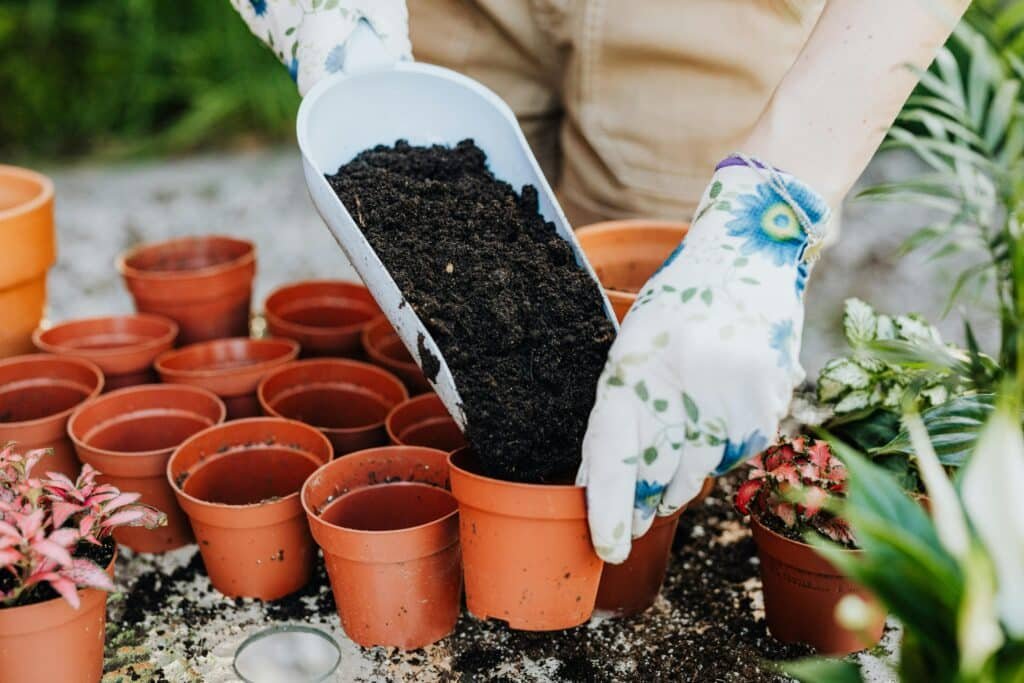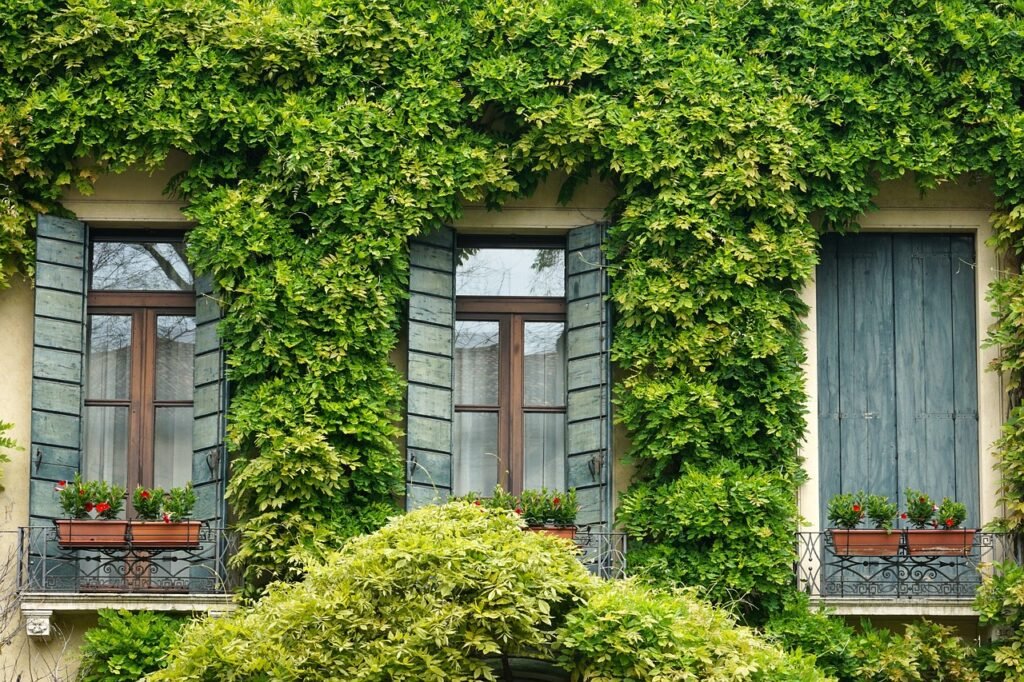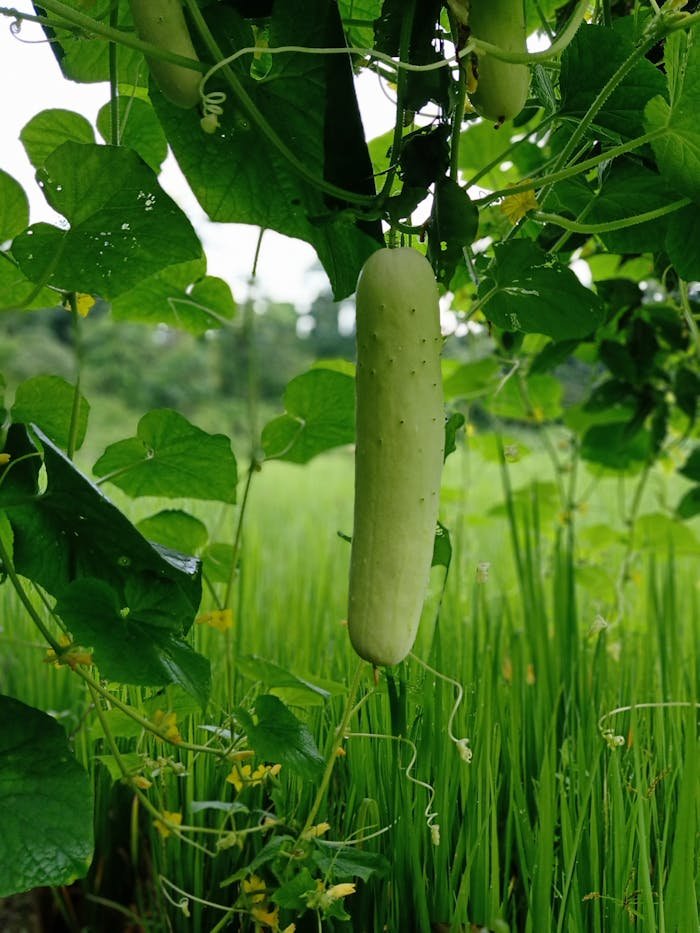Best Indoor Plants for Clean Air – 2025 Guide
Discover the best indoor plants for clean air. Boost your home’s health and style with air-purifying houseplants that are easy to care for and beautiful. Best Indoor Plants for Clean Air – Top Air-Purifying Houseplants for a Healthier Home Imagine coming home to a room full of lush green leaves and cleaner air. It’s not just a dream – houseplants can help remove certain toxins from indoor air while making your home prettier and more relaxing. In fact, a famous 1989 NASA study found that common indoor plants can absorb harmful chemicals like formaldehyde and benzene from the air (in sealed chambers with low airflow). While you won’t turn your living room into a rainforest, even a few air-purifying plants can contribute to a fresher atmosphere and boost your mood. The best indoor plants for clean air are often easy to grow, and many double as lovely décor pieces or even pet-safe greenery. In this friendly guide, we’ll explore all types of air-purifying indoor plants – including low-maintenance plants, pet-safe plants, plants for bedrooms, decorative statement plants, and NASA-approved air-cleaners. You’ll learn about each plant’s air-cleansing abilities and decorative benefits in a simple, conversational way (no bot-speak, promise!). We’ve also reviewed 5–6 top plant products – from live plant bundles to stylish planters – to help you easily bring these green allies into your home. Let’s dive in and discover which houseplants can help you breathe easier and create your dream healthy home! How Do Plants Clean Indoor Air? (The NASA Study & Beyond) Indoor air can harbor pollutants like formaldehyde (from furniture and carpets) and benzene (from paints and cleaners). Plants naturally take in carbon dioxide and release oxygen, but some also absorb those volatile organic compounds (VOCs) through their leaves and roots. NASA’s Clean Air Study in 1989 tested 19 houseplants and found they could remove notable amounts of VOCs in a sealed space. For example, a snake plant (Sansevieria) was shown to filter formaldehyde, and a peace lily removed benzene and trichloroethylene from the air. The plant’s roots and soil microbes play a key role in breaking down pollutants into nutrients for the plant – essentially the plant “eats” those chemicals! It’s important to note, however, that in a typical home with normal ventilation, you’d need a large number of plants to dramatically improve air quality. One research review even noted that ventilation does far more than a few potted plants can. Still, having several houseplants can help contribute to cleaner air on a small scale, especially in closed rooms, and they offer other benefits like higher humidity and reduced stress. NASA scientist Dr. B.C. Wolverton, who led the study, famously recommended at least one plant per 100 square feet of space for some air-purifying effect. So while your fern and rubber plant won’t replace an air purifier, they do quietly work in the background to absorb toxins, emit oxygen, and boost humidity – all while looking beautiful! (Fun fact: Some modern planters like the “AIRY” pot are designed to enhance air cleaning by ventilating plant roots. But even a basic potted plant can be helpful, as long as it’s healthy and growing!) Top 10 Air-Purifying Indoor Plants (By Category) Now let’s meet some of the best indoor plants for clean air and see what makes each special. We’ve organized them into categories so you can find the perfect green friend for your needs: 1. Low-Maintenance Air-Purifying Plants Not a natural green thumb? No worries! These hardy houseplants thrive on a little neglect and still help cleanse the air: Snake Plant (Mother-in-Law’s Tongue) – Sansevieria trifasciata Snake plants (Sansevieria) are known for their tall, stiff leaves edged in yellow. They rank among the best indoor plants for clean air and are extremely easy to care for. Air-cleansing: Snake plants were highlighted in the NASA study for removing formaldehyde from the air. They perform photosynthesis at night, converting CO2 to oxygen, which makes them great for bedrooms too. Decorative appeal: With their sleek, sword-like leaves, snake plants bring a modern, architectural look to any room. They’re often called “indestructible” – tolerating low light, infrequent watering, and general neglect. Place one in a dim corner, and it will still happily grow (just water roughly once a week). Care tips: Allow the soil to dry between waterings. They prefer bright indirect light but survive in low light. If you’re forgetful with watering, a snake plant is your new best friend! (Note: Mildly toxic to pets if ingested, so keep out of nibbling range of cats or dogs.) Golden Pothos (Devil’s Ivy) – Epipremnum aureum Air-cleansing: Pothos is famous for filtering formaldehyde, benzene, and xylene from indoor air. It’s often recommended as an easy “starter” air-purifying plant.Decorative appeal: This vine has cascading green-and-gold leaves that trail beautifully from a hanging basket or shelf. It’s a fast grower; you can trim and propagate cuttings easily.Care tips: Thrives in low to bright light (no direct sun needed). Water roughly once a week, when the top inch of soil is dry. Pothos will tell you when it’s thirsty – its leaves start to droop. A quick drink, and it perks right up! (Do note: pothos is toxic to pets, so use hanging planters or keep out of reach.) ZZ Plant – Zamioculcas zamiifolia Air-cleansing: While not in the NASA study, the glossy-leaved ZZ plant is believed to help remove toluene and xylene from air and, like most plants, will pump out oxygen.Decorative appeal: ZZ plants have attractive thick leaves with a brilliant shine (they almost look fake!). They add a touch of deep green to low-light spots and are very drought-tolerant.Care tips: Low light is fine for ZZ – it actually prefers avoiding bright sun. Water sparingly (once every 2–3 weeks); it has potato-like rhizomes that store water. If you tend to forget your plants, the ZZ won’t hold a grudge. (Toxic to pets if chewed.) 2. Pet-Friendly Air-Purifying Plants If you have furry friends at home, it’s essential to choose non-toxic plants.
Best Indoor Plants for Clean Air – 2025 Guide Read More »






